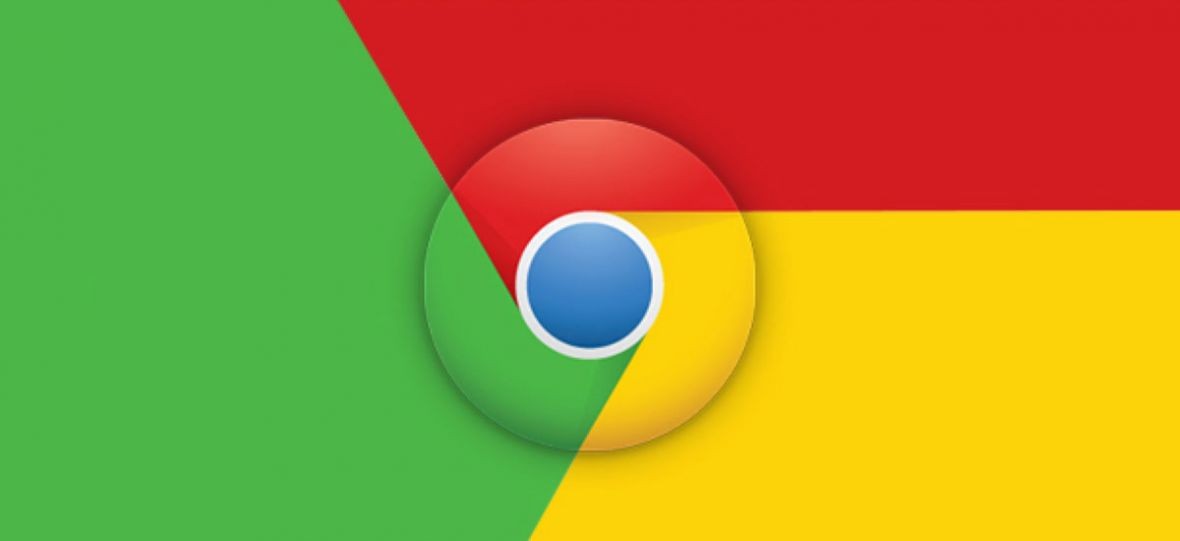

- GOOGLE CHROME CANARY NOT WORKING HOW TO
- GOOGLE CHROME CANARY NOT WORKING UPDATE
- GOOGLE CHROME CANARY NOT WORKING CODE
- GOOGLE CHROME CANARY NOT WORKING WINDOWS

Disable Chrome Browser Extensionsīrowser extensions have many rights and can manipulate almost anything on the pages and access special functions of the browser, so in terms of what could go wrong, there are a lot of things that could go wrong. Don't use Chrome Canary as the default browser as well if you don't know what you're doing.
GOOGLE CHROME CANARY NOT WORKING UPDATE
Use the latest stable version of Chromeīe sure to update the browser constantly to receive all the updates, as you may have found a bug on the page that the developers of the browser might need to fix. We are going to list some possible solutions for this problem if this is becoming a constant issue on your computer. Normally, it happens on websites with advertising or when the browser has installed multiple extensions that may cause a conflict in some pages.
GOOGLE CHROME CANARY NOT WORKING CODE
This issue is caused when an unspecified program code registers for memory without any proper authority, causing the STATUS_ACCESS_VIOLATION error in Chrome.

Chrome is by default a demanding browser that works pretty well on high-end machines, but even users with 32GB of RAM reported this issue as well so definitely isn't a lack of memory. The command line switch also works in Vivaldi.The STATUS_ACCESS_VIOLATION error code appears normally in Google Chrome Canary, however, some users of the stable version of Chrome and Microsoft Edge browser have reported this as well. I haven’t experienced any broken websites and none of my browser installs are using those ciphers. I put together a command line switch quite some time ago to disable those ciphers: What’s up with that? You can use this link to see what is being used:
GOOGLE CHROME CANARY NOT WORKING HOW TO
Speaking of command line switches, I rarely ever see any mention of how to disable weak cipher suites for chromium browsers. You can also just use %localappdata% to open the AppData\Local folder and find whatever is needed inside there.
GOOGLE CHROME CANARY NOT WORKING WINDOWS
You can for example enter: %localappdata%\Google\Chrome Dev\User Data into the Windows Explorer address bar to get to that folder.

If a flag is suspected to be causing a problem and you can’t open your chromium browser you can delete the “Local State” file in the “User Data” folder which will reset all of the flags. I imagine anyone using the dev build of a browser would have more than one browser installed, right? ) At least with any of the dev browsers an update will fix the problem usually within a day or two. And disabling hardware acceleration for a browser is not something I want to do, that’s just incentive for me to use a different browser. I’m not going to use a browser without at least uBO working. With Chrome Dev I’ve seldom bothered using command line switches to disable extensions or hardware acceleration. From what I’ve seen, on my hardware, disabling the GPU seems to me to be a more common solution than disabling extensions.Įven though the performance is generally very good I can’t imagine using Chrome Dev or even Chromium that is always being updated to the latest version as my ‘primary’ browser. This year, graphics related flags like zero copy rasterizer and out of process rasterization have been recurring problems for me on Win7 using a Nvidia graphics card. Fact is my experience with Chrome Dev is that it very often has bugs and those bugs can often be attributed to a flag being enabled, but then that same flag in Chrome Stable will be working just fine. Chrome Dev is a different story, the last time it was crashing at startup was just this summer. I’ve never had a problem with Chrome Stable crashing when started.


 0 kommentar(er)
0 kommentar(er)
